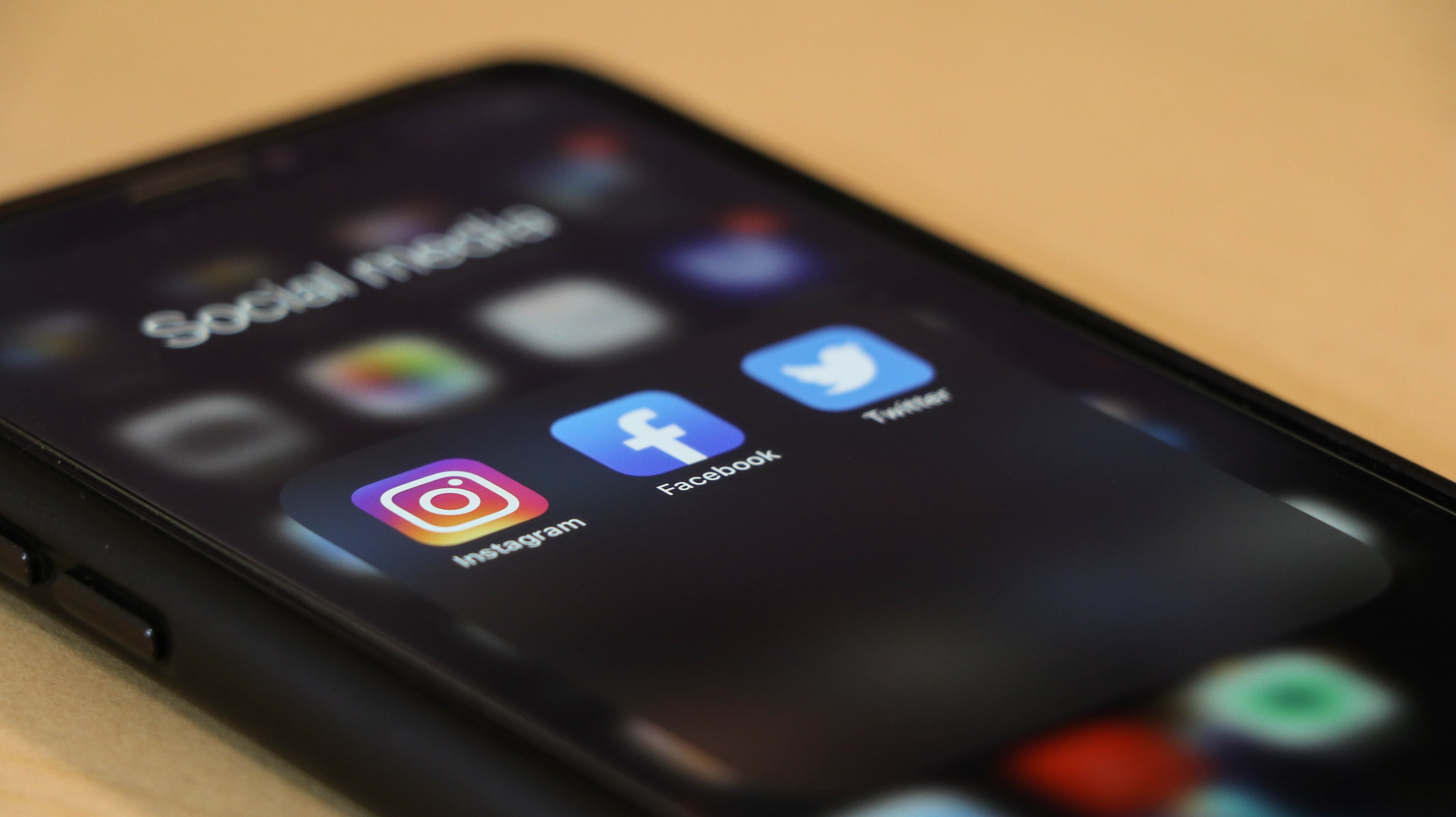It’s easy to be blinded by the plethora of channels we marketers are faced with, especially when planning a full year of activity. That’s why having a sound content marketing strategy is key, and one which you can then hang all other activities from. Here are my 10 steps to building your content marketing strategy:
- Define your target audience: Identify the demographics, psychographics, and pain points of your ideal customers.
- Set your goals: Determine what you want to achieve with your content marketing efforts, such as increasing brand awareness, generating leads, or driving sales.
- Conduct a content audit: Analyze your existing content to see what’s working and what isn’t. Use this information to inform your future content creation efforts.
- Develop a content calendar: Plan out the types of content you will create, when you will publish it, and on which channels.
- Create a variety of content: Offer a mix of blog posts, videos, infographics, whitepapers, podcasts, and other formats to appeal to different types of learners and to keep things interesting.
- Optimise for SEO: Use keywords and meta tags to help your content rank higher in search results.
- Promote your content: Share your content on social media, via email marketing, and through other channels to reach a wider audience.
- Measure and analyze: Use tools such as Google Analytics to track the performance of your content and see what’s resonating with your audience. Use this information to adjust your strategy as needed. Importantly, keep in mind what’s generating new or additional business. Some channels perform well but don’t drive commercial performance.
- Engage with your audience: Encourage comments and feedback on your content, and be responsive to questions and comments.
- Continuously improve: Continuously improve your content marketing strategy by experimenting with new formats, targeting different audience segments, and testing different promotional tactics.













